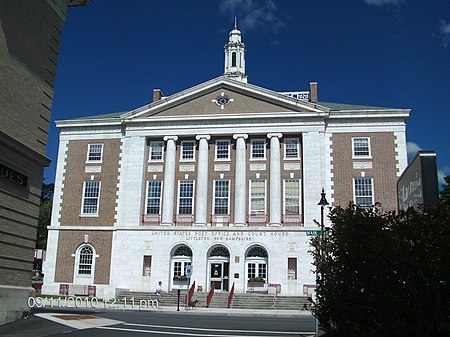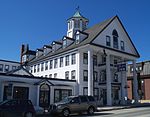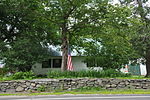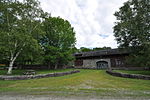Littleton, New Hampshire
1769 establishments in New HampshireLittleton, New HampshirePopulated places established in 1769Towns in Grafton County, New HampshireTowns in New Hampshire ... and 1 more
Use mdy dates from July 2023

Littleton is a town in Grafton County, New Hampshire, United States. The population was 6,005 at the 2020 census. Situated at the northern edge of the White Mountains, Littleton is bounded on the northwest by the Connecticut River. The main village in town, where 4,467 people lived at the 2020 census, is defined as the Littleton census-designated place (CDP) and is centered on the intersection of U.S. Route 302 with New Hampshire Route 116, along the Ammonoosuc River.
Excerpt from the Wikipedia article Littleton, New Hampshire (License: CC BY-SA 3.0, Authors, Images).Littleton, New Hampshire
Union Street,
Geographical coordinates (GPS) Address Nearby Places Show on map
Geographical coordinates (GPS)
| Latitude | Longitude |
|---|---|
| N 44.306111111111 ° | E -71.77 ° |
Address
Union Street 3
03561
New Hampshire, United States
Open on Google Maps








